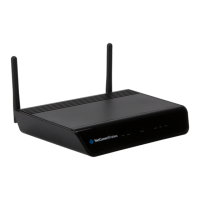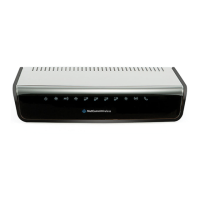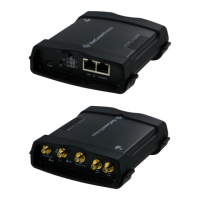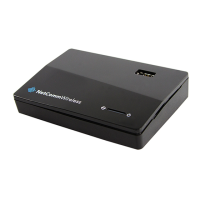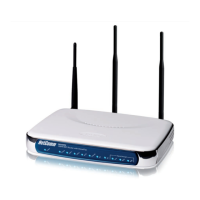NetComm Wireless NF10W User Guide
Multicast (IGMP Configuration)
The Internet Group Management Protocol (IGMP) is a communications protocol used by hosts and adjacent routers on IP networks
to establish multicast group memberships. IGMP is a protocol only used on the network between a host and the router. It allows a
host to inform the router whenever that host needs to join or leave a particular multicast group. IGMP provides for more efficient
allocation of resources when used with online gaming and video streaming.
The version IGMP in use by the router.
The hosts on the segment report their group membership in response to the router’s queries. The query interval
timer is also used to define the amount of time a router will store particular IGMP state if it does not hear any
reports on the group. The query interval is the time in seconds between queries sent from the router to IGMP
hosts.
When a host receives the query packet, it starts counting to a random value, less the maximum response time.
When this timer expires, the host replies with a report, provided that no other host has responded yet. This
accomplishes two purposes:
a) Allows controlling the amount of IGMP reports sent during a time window.
b) Engages the report suppression feature, which permits a host to suppress its own report and conserve
bandwidth.
Last Member Query Interval
IGMP uses this value when router hears IGMP Leave report. This means that at least one host wants to leave
the group. After router receives the Leave report, it checks that the interface is not configured for IGMP
Immediate Leave (single-host on the segment) and if not, it sends out an out-of-sequence query.
The robustness variable is a way of indicating how susceptible the subnet is to lost packets. IGMP can recover
from robustness variable minus 1 lost IGMP packets. You can also click the scroll arrows to select a new
setting. The robustness variable should be set to a value of 2 or greater. The default robustness variable value
is 2.
The maximum number of multicast groups that the router can control at any one time.
Maximum Multicast Data
Sources
The maximum number of data sources a multicast group can have.
Maximum Multicast Group
Members
The maximum number of hosts a multicast group can have.
With IGMP fast-leave processing, which means that the router immediately removes the interface attached to a
receiver upon receiving a Leave Group message from a IGMP host.
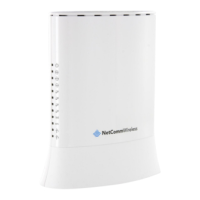
